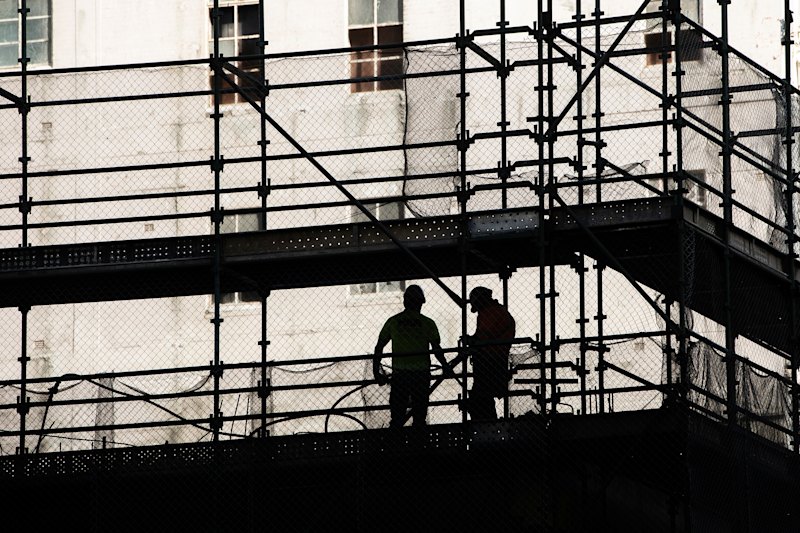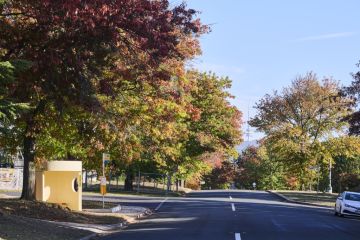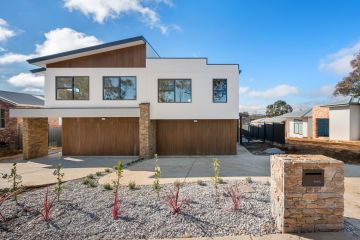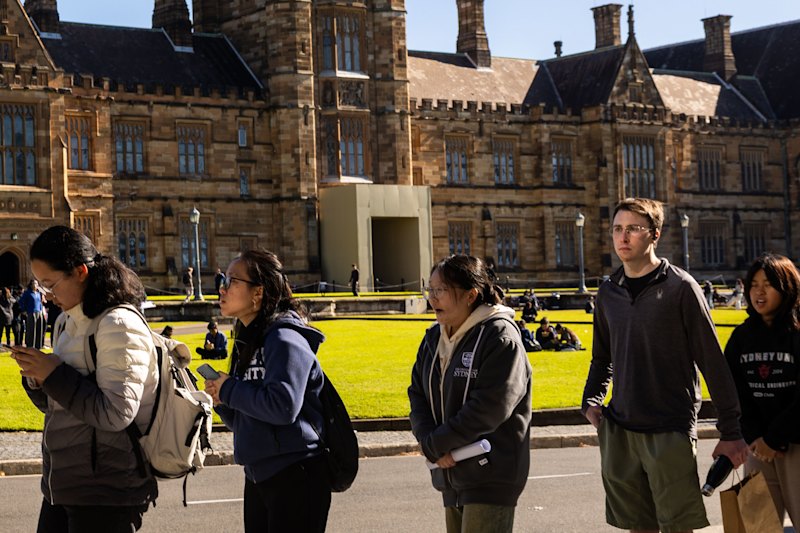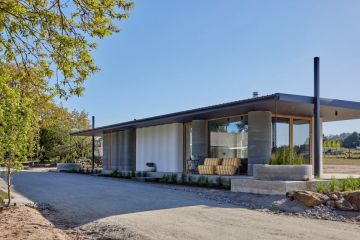The price you pay for crime
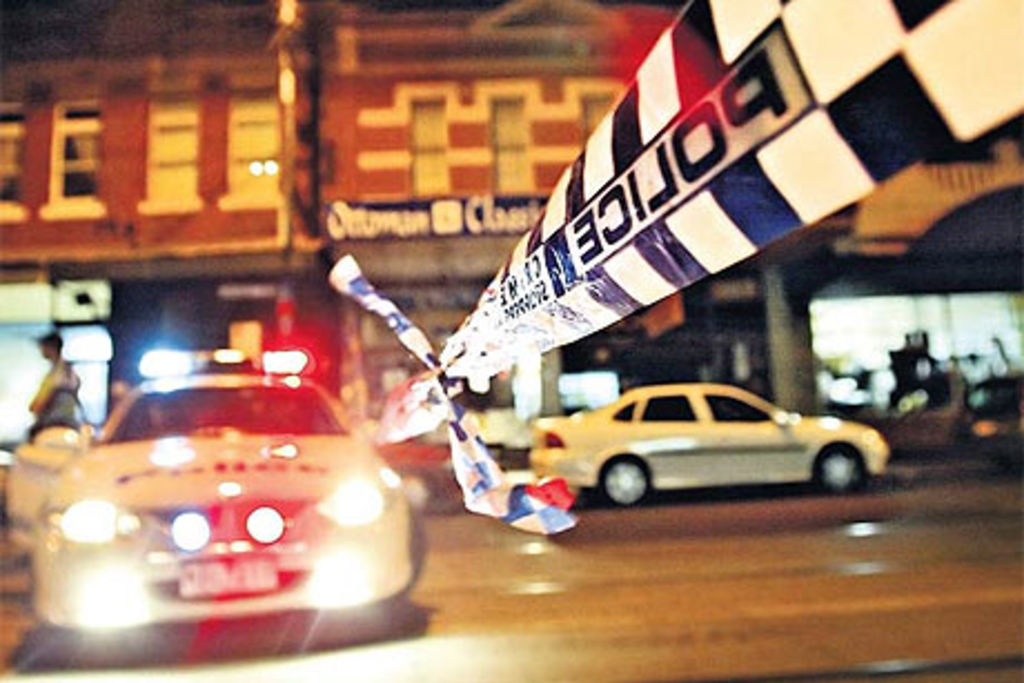
The publication of Victoria Police crime statistics always makes an interesting read — showing where and when crimes have occurred in the past year across the state.
From a real estate perspective, they also raise the question of whether a high crime rate will affect a potential home buyer’s decision and whether there is any link between crime rates and property values.
Real Estate Institute of Victoria spokesman Robert Larocca says a comparison of Victoria Police crime statistics and REIV’s median house prices shows there is “little direct correlation”.
As an example, he points to police figures that showing that in 2009-10, Nillumbik Shire Council had one of the lowest crime rates of the metropolitan municipalities while, according to REIV figures, its median price for 2010 is similar to that of Kingston City Council, where the crime rate was shown to be double that of Nillumbik.
During the same period, the City of Port Phillip had a crime rate higher than that of Glen Eira City Council — but it also has higher median prices.
“Perception is probably a more important factor than the actual data and there is no doubt that safety is one of the factors buyers consider when assessing the location,” Mr Larocca says.
“As recent price movements have shown, however, price can often win over a negative perception that may exist.”
Eastern and western suburbs agents spoken to by Domain report that the incidence of crime in a particular area is not something people generally raise when looking for a property.
Yet buyer’s advocate Chris Teakle says it is something they should consider.
“There are parts or streets of a number of suburbs in Melbourne that I would not recommend my clients buy in,” he says.
“Having a safe area to live in, or being able to walk home safely at night from the train station, is usually very high on the list of property criteria for my clients.”
Mr Teakle says that while a high-profile event such as a murder in an area generally considered to have a lower crime rate — such as the Walsh Street killings in South Yarra — will probably not impact on someone’s decision to buy there, a murder in a place historically considered a higher crime area may affect buyers in the short term.
That said, Mr Teakle points out that commonsense should always be the “main driver” in determining whether an area is safe.
“You only have to drive down certain streets in certain suburbs in Melbourne and know that it’s probably not the best street in the suburb,” he says.
He adds that perception of crime levels may not always match reality and says Port Melbourne is a good example of how suburbs can change over time — considered an “extremely rough area with a high level of associated crime many years ago”, it is now considered a good place to buy.
Mr Teakle says it should be part of a buyer’s due diligence before purchase to drive around an area if they’re not familiar with it, during the day and night, as well as catch the local train and generally observe the people living there.
“All these little things will assist buyers to make up their own mind without relying on historical stats or uninformed opinions,” he says.
Victoria Police, which provides crime statistics by local area, doesn’t, according to a spokesman, analyse crime statistics and house prices.
The Australian Institute of Criminology is not aware of any local research that examines the issue but does point to two American studies, which indicate that the impact of crime differs depending on the socio-economic status of the affected neighbourhood.
The research also says higher levels of violent and property crime in an area can lead to higher property turnover, which, in turn, can lead to softening house prices.
In Britain, meanwhile, where the Home Office recently unveiled a system giving people access to crime data for a local area online, real estate agents have expressed concern over the potential effect this could have on property prices.
Back in Melbourne, Richard Wakelin, director of Wakelin Property Advisory, says the fact that a crime has occurred at a particular house can make a difference to the sale when a “consciousness of karma … weighs heavily on some people’s well-being”.
“If a murder or other gruesome crime has taken place at a property, especially high profile, then it will suppress the price,” he says, noting that real estate agents are required to reveal such information to potential buyers.
Mr Wakelin suggests that the notoriety may entice a high number of people to view the property but doesn’t believe this generally translates into a higher price.
Looking at the effect on prices at a street level, Mr Wakelin says while the fact a crime or crimes have occurred will have little impact in a street where the real estate has shown consistently strong capital growth (he cites the 1988 murder of two Victorian police officers in well-heeled Walsh Street, South Yarra, as an example, noting that values in the street have continued upwards despite the killings), it is more likely that values will be affected in a street that has not shown such consistent growth.
Mr Wakelin believes it’s a similar situation when it comes to looking at the effect of crime data on suburbs as a whole.
“If an area is sought after, for example St Kilda or Fitzroy, higher crime rates don’t matter [but] if an area is not well regarded, higher crime rates won’t help,” he says.
In general, he says, crime levels are only one factor — “and probably a small one that is swamped by other factors” — in determining property prices.
“And at some places that are attractive for their edginess and culture, like Fitzroy and St Kilda, crime is probably an inevitable flip side,” Mr Wakelin says.
Protection by design
Urban design and architecture can play an important role in “passive” crime prevention, according to Chris Goss, director of Melbourne architectural practice Orbit Solutions.
“You’re not deterring it in an active way; it’s not like you’re putting sirens and cameras everywhere necessarily,” he says. “But you’re dissuading people because you’re creating opportunity for good, community-focused … actions and activities.”
Goss, whose company also has offices in Sydney and Abu Dhabi, says that while the issue is primarily one of good urban design, it also concerns individual buildings and how they respond to particular issues.
“There’s always a conflict between policy that puts out things like protection against overlooking with screens that block views into neighbours and so on and what the implications are of that for passive surveillance of your neighbour’s property. So we’re always wrestling with those issues.”
Victoria Police, in its Residential Security Assessment, for example, suggests such measures as constructing open-style fences to increase visibility of the property; trimming trees and shrubs to reduce hiding places and increase visibility to and from the street and to prevent people using a tree to access a property’s second storey; and installing security lighting around the perimeter of a property and over doorways.
“Good design will assist in creating a good community,” Goss says. “But, in the end, it’s the people living there who will make or break it.”
We recommend
We thought you might like
States
Capital Cities
Capital Cities - Rentals
Popular Areas
Allhomes
More
